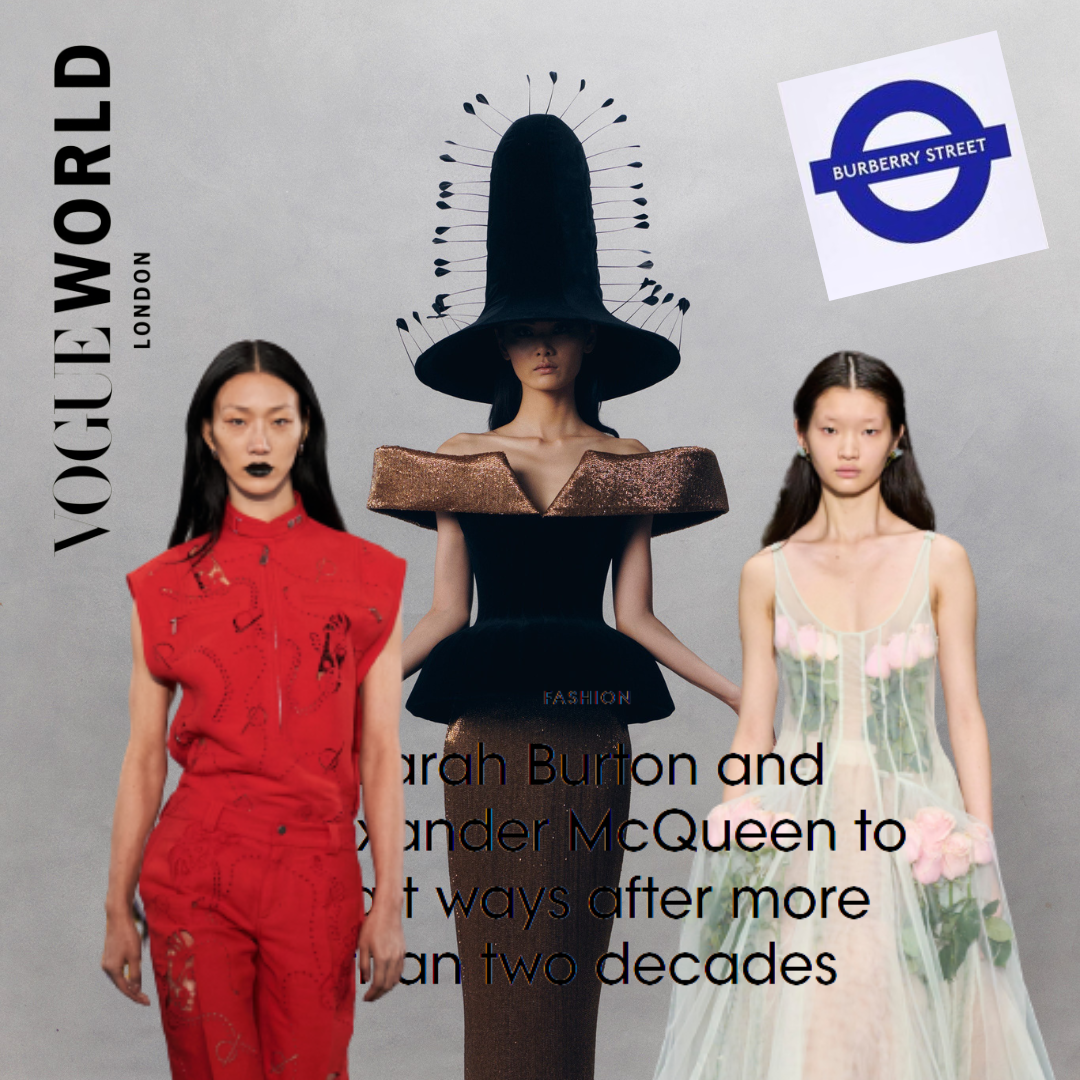The Black Tooth Trend Of Tudor England
In today’s society having teeth as white as possible is the aim of many, especially North American’s. When our teeth are pearly white it is assumed we have a greater level of hygiene, take pride in our appearance and can afford to have good dental care. Sipping coffee through a straw, brushing using baking soda and even using bleach are all marketed as ways to remove the yucky yellow staining that is considered so undesirable. One of the greatest joys of exploring our histories is seeing how differently we used to view things, including our dental care.
You may recall from your childhood history classes that the courts of the various Tudor monarchs were obsessed with sugar, eating it with every meal in obscene quantities. Sugar being imported from British territories in the Caribbean and elsewhere were a hot commodity, and with it being so hard to source at the time sugar was EXPENSIVE. Much like the foreign spices that were available to people in England at the time, sugar was generally reserved for the highest echelons of society. If you were wanting to really put on a party and show to all the other rich people just how high status you were, you made sure you were indulging in sugar.
Displaying sugar at every group meal was expected, and with candy makers starting to create a career for themselves in the 16th century, the sugar was made into all sorts of delicious treats. From little candies to massive sculptures, the bigger, and sweeter, the better. Henry VIII had his own sweets confectioner expert, whose sole purpose was to make the King and his vast court food made from sugar. And it wasn’t just the Kind indulging, the Earl of Northumberland was ordered more than 2000 pounds of sugar in one year alone! The uses of sugar varied, with it, not only being used as food. For millennia sugar has been used around the globe to remedy illness. Many believed sugar could aid in digestion and help lessen fever and was even used as a medieval cough drop at times.
Now, even with no dentistry training or real medical knowledge in the field, I can tell you that sugar really isn’t too good for ones’ gnashers. Growing up we are constantly told ‘don’t have too much sugar, you’re teeth will rot’. Do you see where I’m going with this? Their teeth rotted. They went black. They would fall out. But they didn’t care, in their eyes as long as people could tell their status they couldn’t care less. And thus, having black, rotting teeth was desired. It was a beauty trend!
Don’t worry though, the Tudor’s did in fact have toothpaste. Hoorah! The only problem was, it too was made from sugar.
Queen Elizabeth 1 was probably the most famous sugar addict of the 16th century, with a never-ending supply of the stuff she would eat sweets with every single meal. They say that by the time she reached her mid-sixties her teeth had pretty much all fallen out, having rotted so severely. A German traveller named Paul Hentzner said of Elizabeth when she was sixty-five years old: “Her face is oblong, fair but wrinkled; her eyes small, yet black and pleasant; her nose a little hooked, her teeth black (a fault the English seem to suffer from because of their great use of sugar); she wore false”
Of course, we cannot say for sure, but it can be argued that this would have happened at an earlier age. Elizabeth, as Queen, was closely watched by her subjects and when she did something it was seen as fashionable. So, her black teeth were replicated up and down the country. An entire generation of people with rotting teeth...on purpose!
What is deeply fascinating however is the fact that sugar had been used in food and medicine for millennia before the Tudor’s ever truly got a hold on it. And while, of course, it could cause tooth decay in early adopters, you rarely see examples of this. But, for some reason, in the 16th-century tooth decay was off the charts? The greed and want to show off with no regard for the consequences of the high society in England at the time is most certainly to blame here. They hadn’t quite caught onto the phrase ‘balanced diet’ just yet.
It’s sort of surreal to see just how far our ideals of beauty have changed through the years. Just twenty years ago the main body standard was to be extremely slim and tall, but today the aim is to be curvy in the right places.
If you take anything from this article, however, let it be this: BRUSH YOUR TEETH!!!
If you want to learn even more, a great resource is the EnglandCast podcast, linked here: https://www.englandcast.com/2019/07/episode-126-sugar-in-tudor-england/









